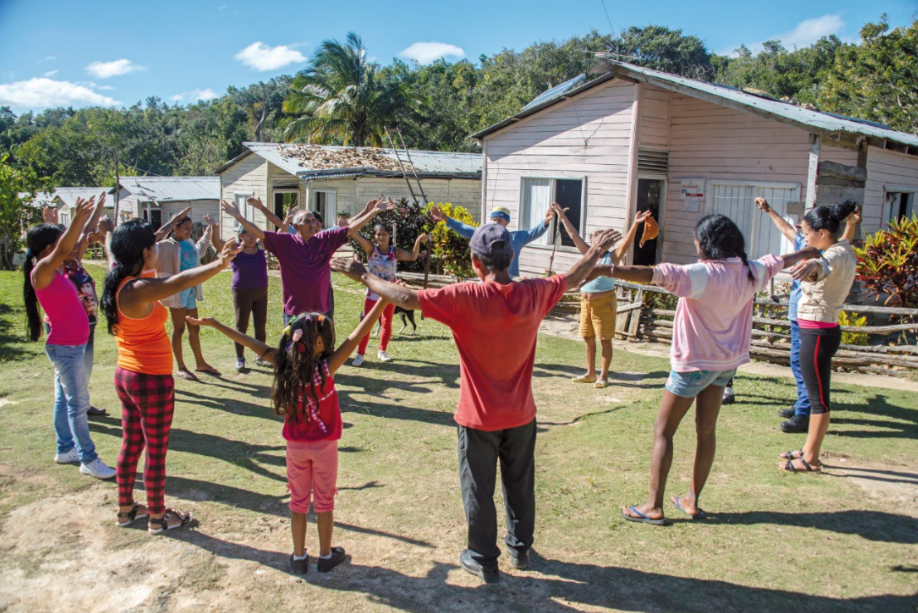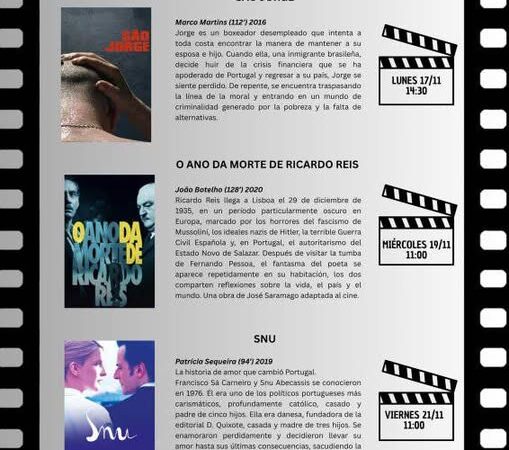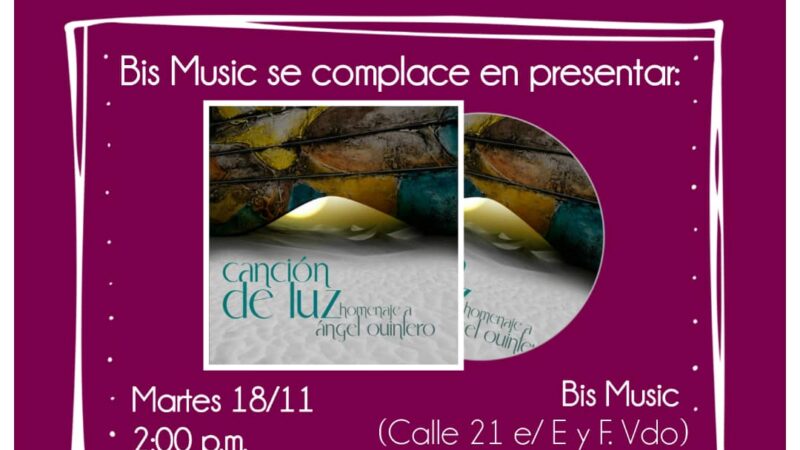Cuba Indígena Hoy: Sus Rostros y ADN Receives Award from the Cuban Academy of Sciences
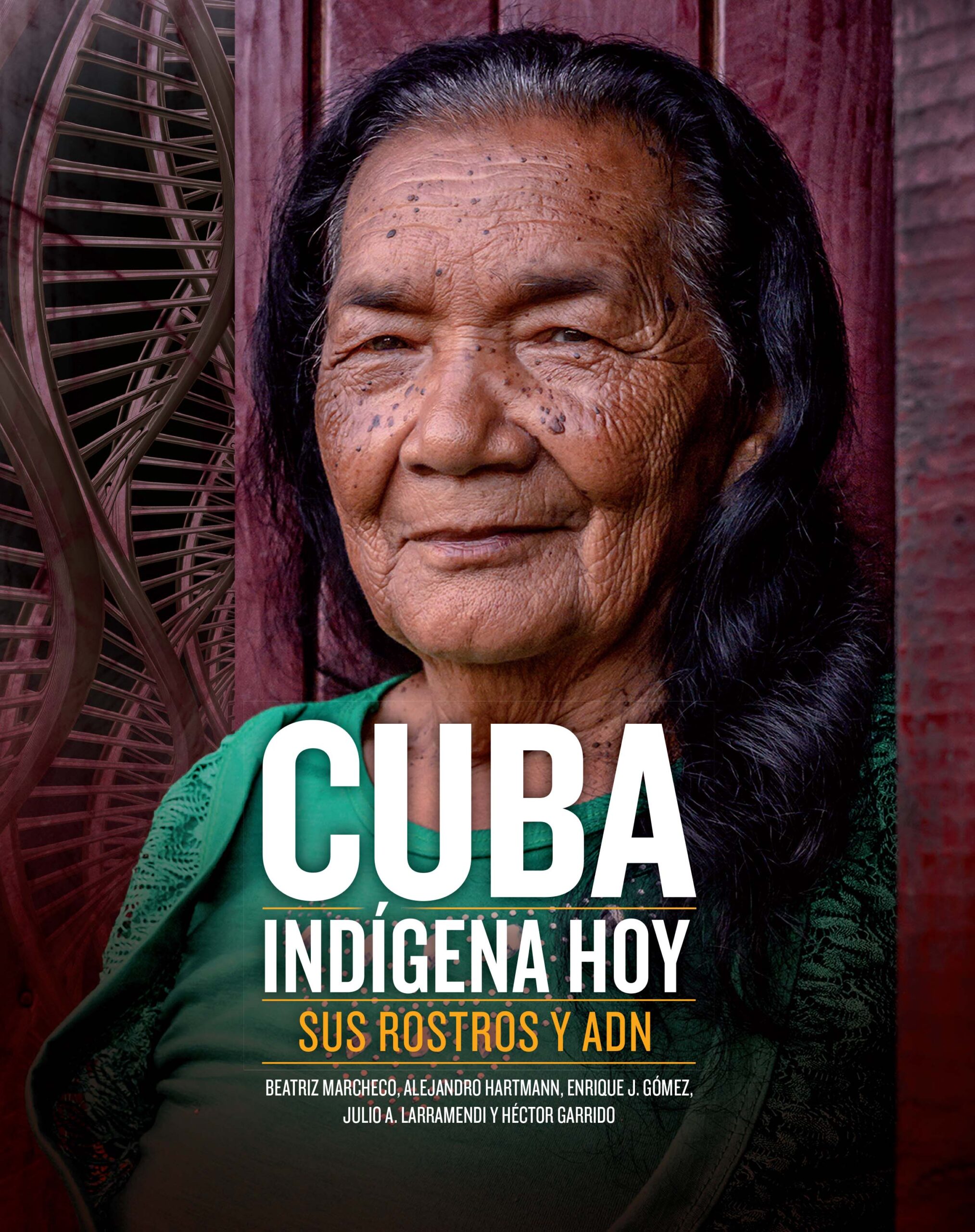
The Cuban Academy of Sciences has awarded the research Cuba Indígena Hoy: Sus Rostros y ADN the 2023 Social and Humanistic Sciences Prize.
This valuable work is among the first results of the Cuba Indígena project, initiated in 2018, which combines photography, genetics, and anthropology, including archaeology and sociology. The volume stands out for identifying the presence of indigenous heritage in the genetic and cultural patrimony of the nation, offering new insights into Cuba’s history.
The award committee of the Cuban Academy of Sciences stated: “The presented research is unique in its combination of genomic study with an investigation of the social reality of the participating individuals, who are members of families with phenotypes similar to those of Cuban aborigines.”
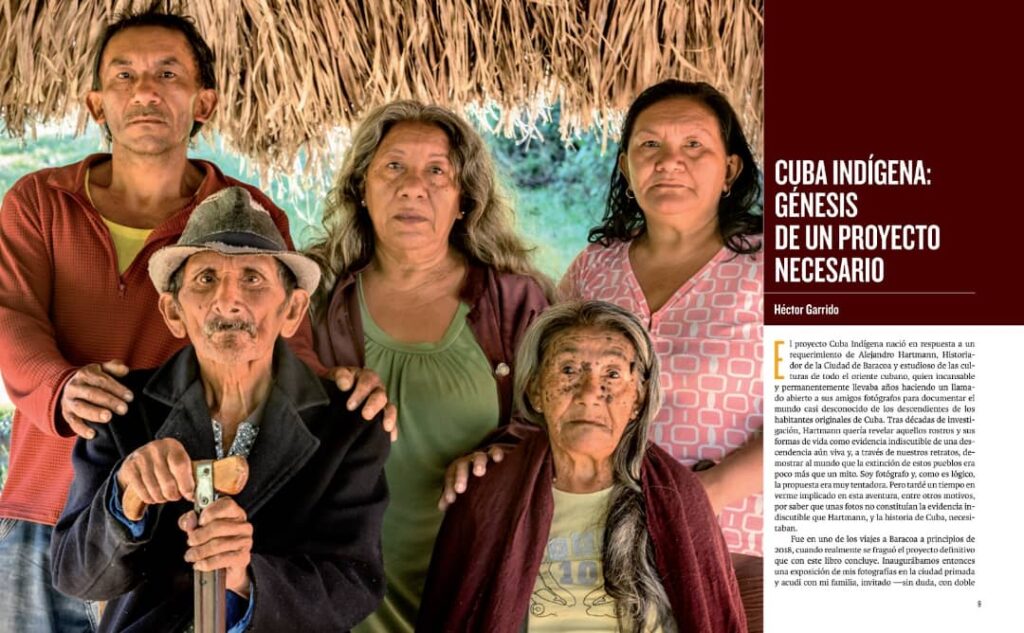
The committee also noted, “The novel integration of science and art through scientific photography adds important characteristics. Another contribution is the systematization of historical knowledge and previous anthropological research integrated into the text.
The systematic content becomes a current bibliographic reference on the subject. The socioeconomic characterization of the communities where the study participants reside, evidencing the persistence of social disadvantages in these historically marginalized groups, is also novel”.
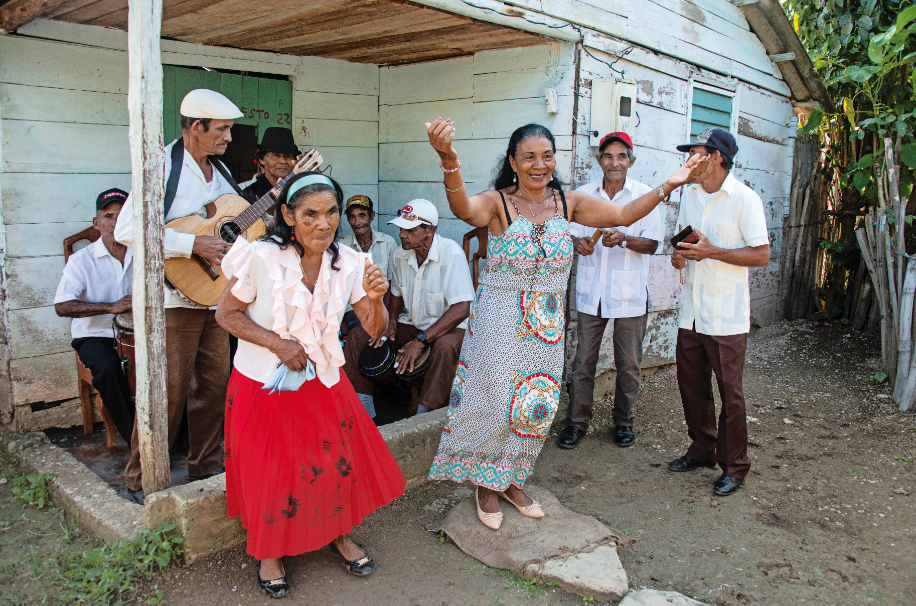
The primary authors of the research are Beatriz Marcheco Teruel, a tenured professor at the National Center for Medical Genetics and the University of Medical Sciences of Havana; Alejandro Hartmann Matos, a historian, anthropologist, and director of the Office of the Historian of Baracoa and City Historian, vice president of the Network of Offices of the Historian and Conservator of the Heritage Cities of Cuba; Enrique Javier Gómez Cabezas, an engineer and doctor in Sociological Sciences, tenured professor and researcher at the Center for Psychological and Sociological Research; Julio A. Larramendi Joa, a Ph.D. holder in Sciences, editorial director of Ediciones Polymita, and associate researcher at the National Museum of Natural History of Cuba; and the renowned artist Héctor Garrido Guil, known for his photographic work on the geometry of the earth’s surface and his portrait series of art personalities. His projects in ethnographic and nature photography in America, Africa, and Europe are also noteworthy.
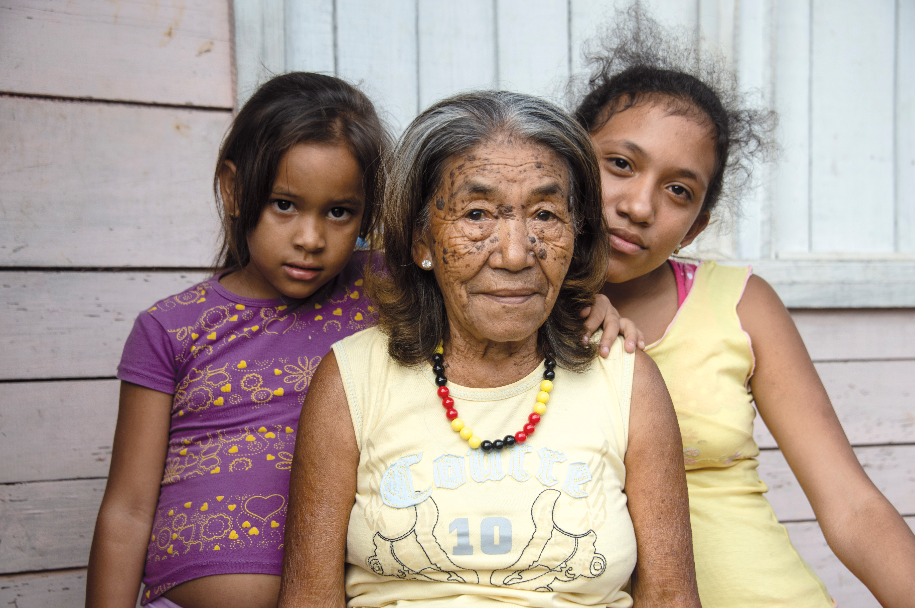
Larramendi remarked that this investigation definitively establishes the presence in Cuba of descendants of the country’s indigenous peoples. Irrefutable DNA evidence confirms a living descent among these people from Eastern Cuba, whose ancestors escaped colonial exploitation and sought refuge in the most remote and inaccessible mountain areas. These Cuban peasants express their love for the land and preserve some ancestral traditions. They exhibit physical characteristics described by the first Europeans who arrived in Cuba: small stature, coppery skin, straight black hair, prominent cheekbones, and infinite kindness and nobility. While the language has been lost, they maintain beautiful traditions.
Cuba Indígena Hoy: Sus Rostros y ADN was originally published by the Spanish Agency for International Development Cooperation (AECID) along with Editorial Polymita. Its first print run was distributed to research centers, educational institutions, universities, and public libraries.
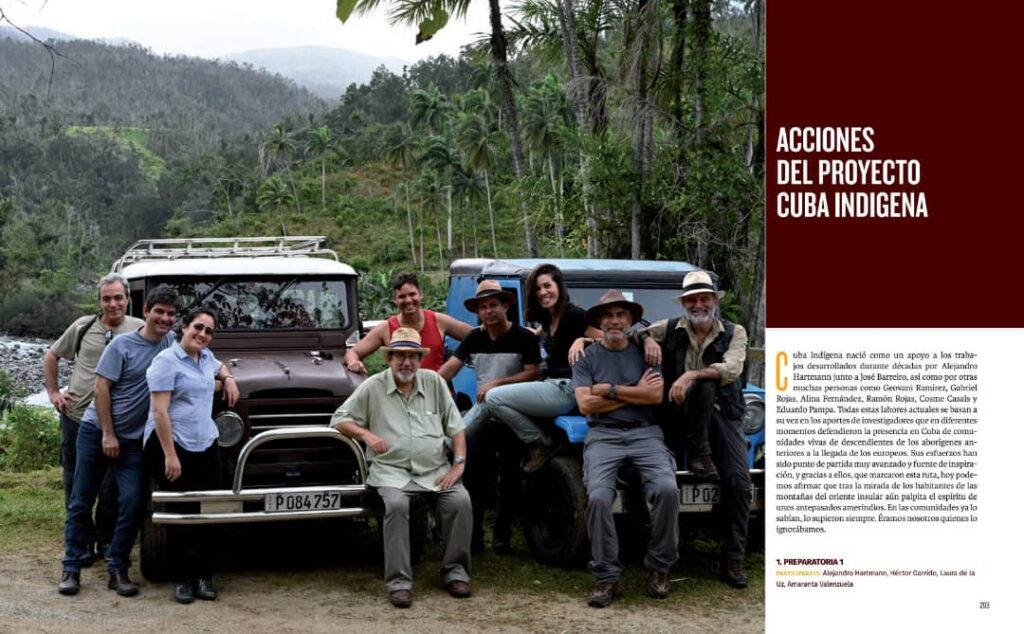
The book had several presentations in 2022, including at the National Science Museum of Madrid; the Harina de Otro Costal Art Center in Trigueros, Huelva; the Puerta de la Diversidad at the Biodiversity Foundation in Patio de Banderas, Seville; and at the Palacio del Segundo Cabo in the Historic Center of Havana.
The entities that participated in the development of the Cuba Indígena project include the Office of the Historian of the City of Baracoa, the Artehotel Calle 2 Project, the National Center for Medical Genetics of Cuba, Editorial Polymita, and the Center for Psychological and Sociological Research. Collaborating entities include the National Council of Cultural Heritage of Cuba, the Network of Offices of the Historian and Conservator of the Heritage Cities of Cuba, the Cultural Section of the Spanish Embassy in Cuba, AECID, Staten Serum Institut Copenhagen, Max Planck Science of Human History Jena, the City Council of Huelva, Banco Sabadell, and the Office of the Historian of the City of Havana.
The Cuban Academy of Sciences announced the 2023 award decisions, recognizing 84 works across various fields: Agrarian and Fisheries Sciences (8), Technical Sciences (7), Natural and Exact Sciences (16), Biomedical Sciences (28), and Social and Humanistic Sciences (25).
Photos: Courtesy of Julio A. Larramendi Joa
